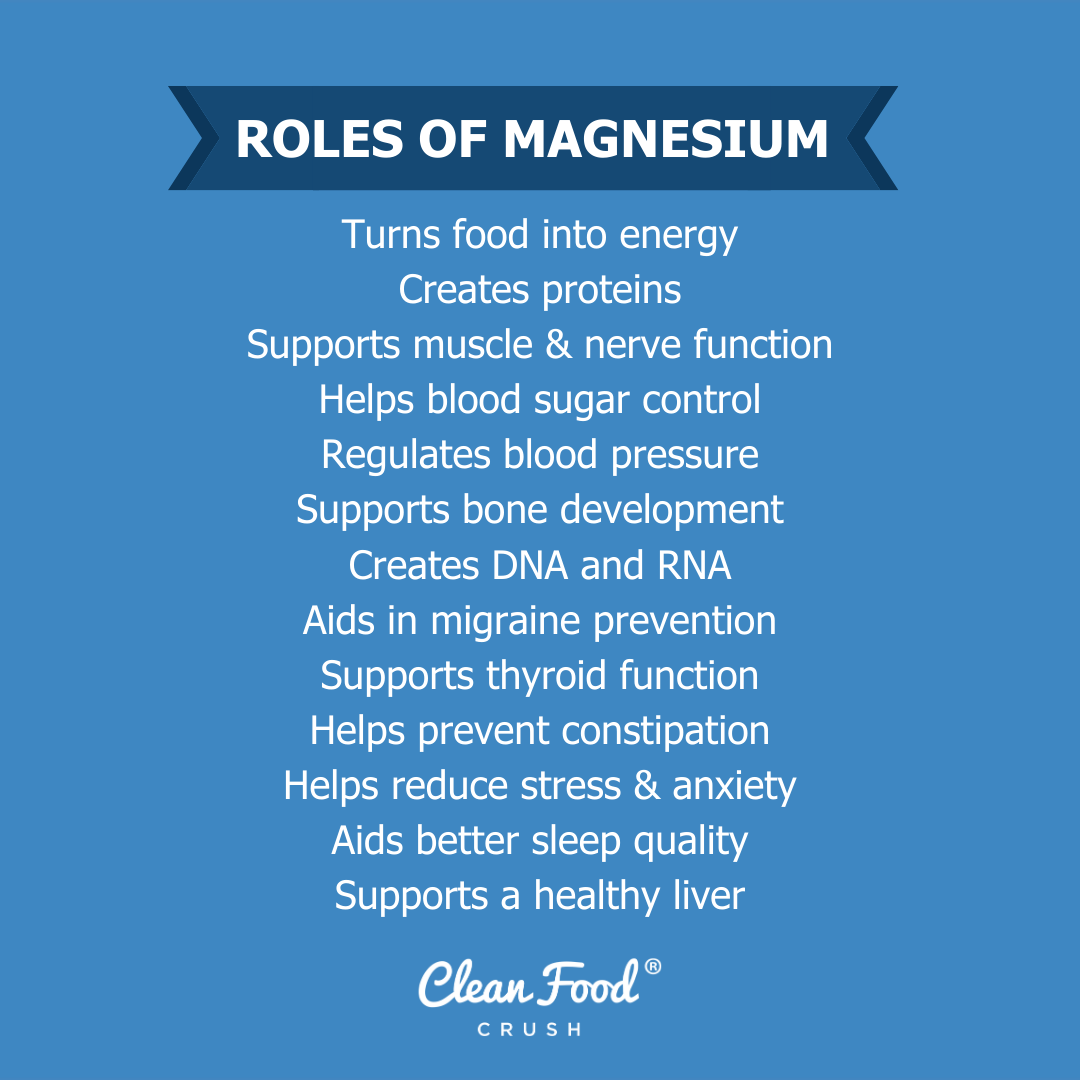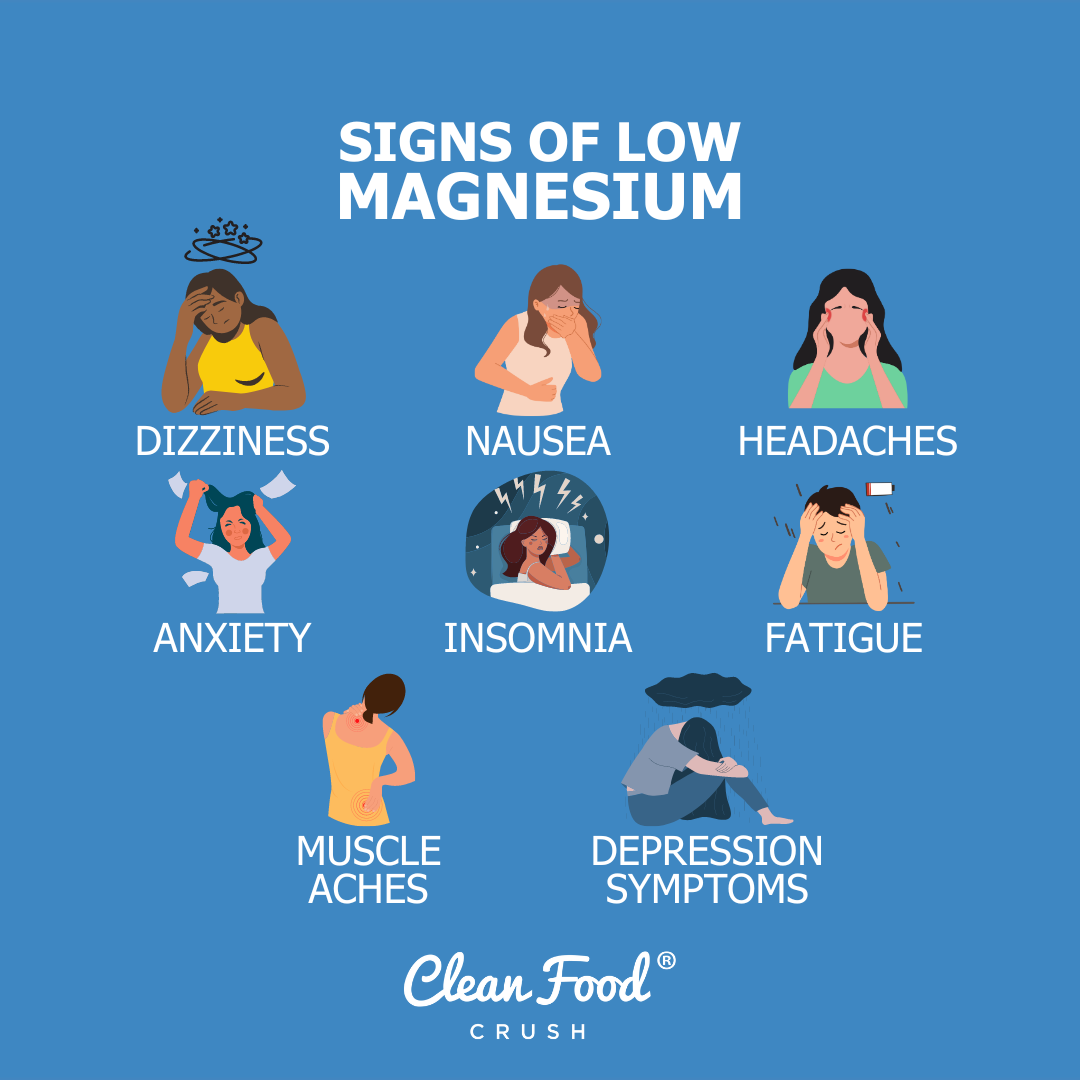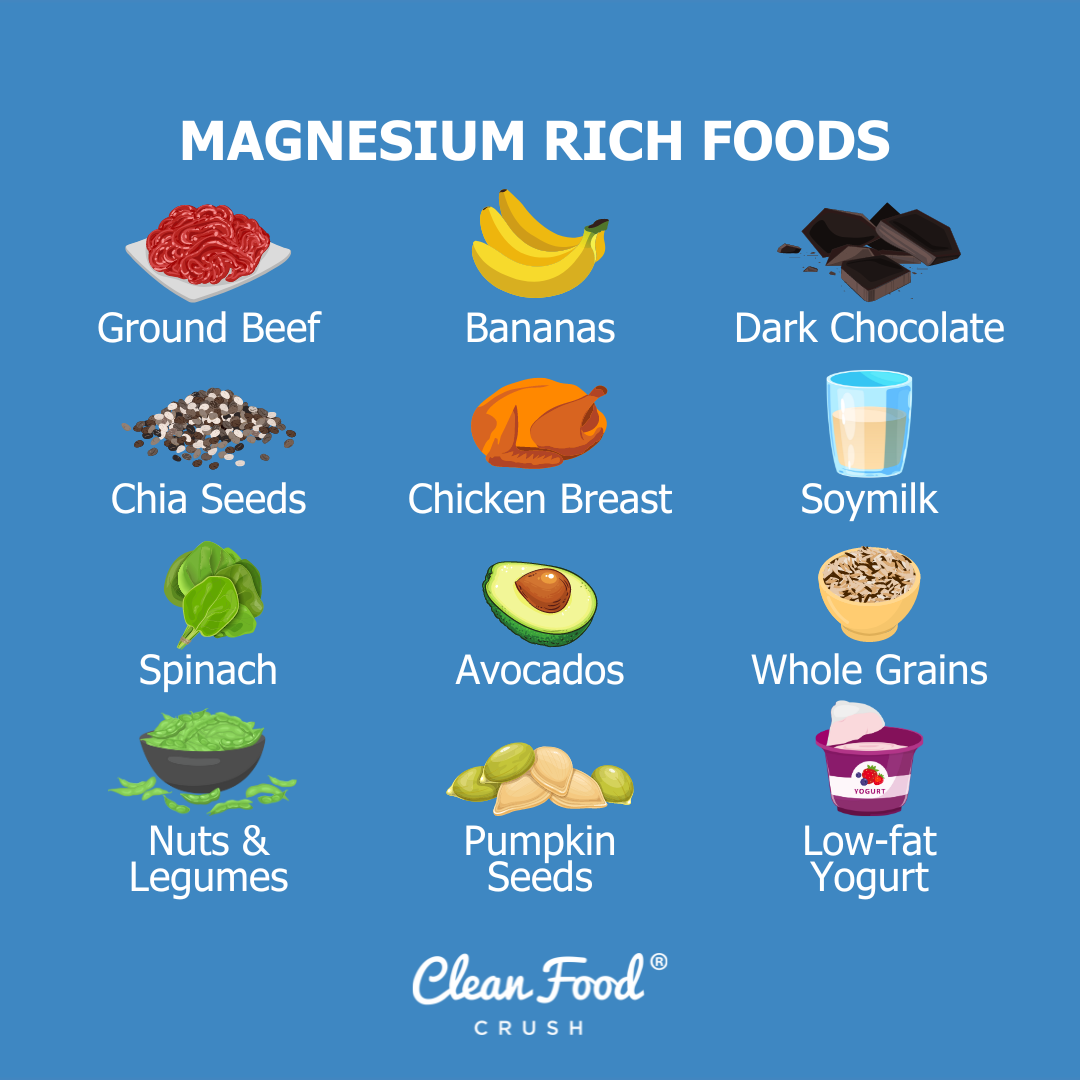

What is Magnesium, and Why Should You Care About it?
There are a lot of different nutrients that are required for good health. While all of them are important, some stand out from the crowd regarding the benefits they provide. Magnesium is definitely one of these extra-special nutrients that deserves more attention.
Many health experts consider magnesium to be a “miracle nutrient.” If you’re curious about why this is, keep reading to learn more.
What is Magnesium?
There are two categories of minerals: macro and microminerals. Magnesium is a macromineral, meaning the body needs it in larger amounts than microminerals. It has many jobs, including supporting many different types of enzymes. In fact, magnesium is required for more than 300 systems in the body that help regulate different reactions and processes in your body.
Because your body so widely uses magnesium, it is an essential nutrient to get enough of.

What Does Magnesium Do?
As mentioned, magnesium plays a role in many bodily processes. Here are some of the top roles it plays:
- Helps turn the food you eat into energy for your body
- Creates proteins
- Supports muscle and nerve function
- Helps blood sugar control
- Assists in regulating blood pressure
- Supports bone development
- Creates DNA and RNA
- Helps make the antioxidant glutathione
- Helps prevent migraines
- Keeps a normal heart rhythm
- Supports thyroid function
- Can help manage or prevent constipation
- May help reduce stress and anxiety
- Aids better sleep quality
- Supports a healthy liver
As you can see, magnesium does a LOT!
How Much Magnesium Do You Need?
The Recommended Dietary Allowances (RDAs) for Magnesium are as follows:
| Age | Male | Female | Pregnancy | Lactation |
| 0-6 months | 30 mg | 30 mg | ||
| 7-12 months | 75 mg | 75 mg | ||
| 1-3 years | 80 mg | 80 mg | ||
| 4-8 years | 130 mg | 130 mg | ||
| 9-13 years | 240 mg | 240 mg | ||
| 14-18 years | 410 mg | 360 mg | 400 mg | 360 mg |
| 19-30 years | 400 mg | 310 mg | 350 mg | 310 mg |
| 31-50 years | 420 mg | 320 mg | 360 mg | 320 mg |
| 51+ years | 420 mg | 320 mg |
How Can You Get More Magnesium?
Unfortunately, most Americans consume less than the recommended amounts of magnesium. This may be due to things like a poor diet, increased nutrient needs, and nutrient-depleted soil used in farming. People who experience chronic high stress are also more likely to be deficient in magnesium.
Most cases of magnesium deficiency go undiagnosed. This is partially because about 99% of magnesium is stored in your cells, yet the most common way to check magnesium status is through a blood test, which only accounts for 1% of the magnesium in your body. This means that even if your blood levels are normal, you may still not get enough.

Here are the two best ways to increase the amount of magnesium in your diet:
➡️ Diet
Magnesium is widely available in many healthy foods, including:
- Pumpkin seeds (37% daily value (DV) in 1 oz)
- Chia seeds (26% DV in 1 oz)
- Spinach (19% DV in ½ cup boiled)
- Nuts like almonds, peanuts, and cashews, plus the kinds of nut butter made from them(15-19% DV in 1 oz or ¼ cup)
- 70-85% dark chocolate (15% DV in 1 oz)
- Soymilk (15% DV in 1 cup)
- Legumes like black beans, kidney beans, and edamame (8-14% DV in ½ cup)
- Plain, low-fat yogurt (10% DV in 8 oz or 1 cup)
- Whole grains like oatmeal, brown rice, and whole wheat bread (5-10% DV in ½ cup cooked or 1 slice of bread)
- Fruits like bananas and avocados (5-8% DV in ½ cup avocado or 1 medium banana)
- Meats like chicken breast and ground beef (5% DV in 3 oz cooked)

Here are just a few recipes that include some of the previous magnesium-rich foods you may want to try:
Roasted Pumpkin Seeds

Chocolate + PB & Chia Jelly Cups

Creamy Cashew Cauliflower Soup

Double Dark Chocolate Brownies

Shrimp + Edamame Flavor Salad

Peanut Butter Baked Oatmeal

Chipotle Tuna Salad Stuffed Avocados

Caprese Stuffed Chicken Breast

➡️ Supplements
There are many different forms of magnesium, and each works differently in your body. Research has shown that magnesium in the forms of aspartate, citrate, lactate, and chloride is better absorbed and more bioavailable compared to magnesium oxide and magnesium sulfate.
When taking magnesium supplements in pill or oral form, you should talk with your doctor or another healthcare professional about which type and dose are best for you.
Magnesium can also be used as a supplement in non-oral forms. Two ways to do this include:
- Epsom salt baths (magnesium sulfate). Soaking in an Epsom salt bath is often used for relieving sore muscles and soothing the body. It can also be a great way to increase magnesium levels in your body as it soaks into your skin.
- Magnesium oil. Topical magnesium oil can be applied to your skin and is easily absorbed.
In Summary
Magnesium is a crucial nutrient for everyone, yet most people don’t get enough. While eating various magnesium-rich foods daily is vital, you may also want to consider using a magnesium supplement. Consuming more magnesium may help improve many aspects of your health and life, including better blood sugar control, improved sleep, lower stress levels, and much more. So, it’s an important mineral to know about!
















